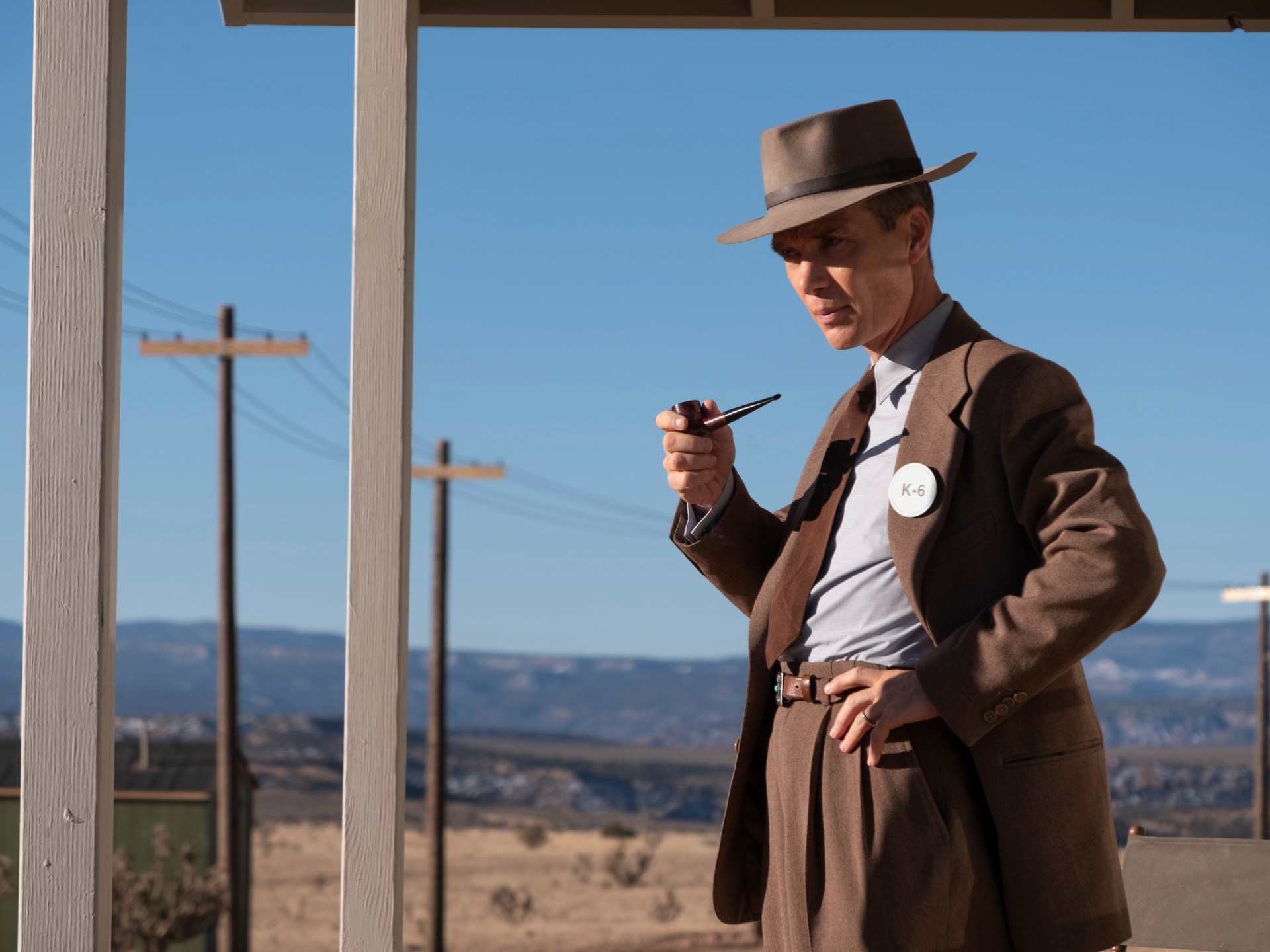Loch Ness monster hunt begins in Inverness, Scotland, largest in 50 years
The water of Loch Ness is dark and it is deep. But that won’t stop people trying to spot Nessie. These 200 or so hunters are dedicated. They are better equipped than those who came before them. This is the biggest search for Nessie in a half-century and certainly the most high-tech.
Some have driven for hours just to be here this weekend, others took flights from overseas. Locals are also involved in the search, boarding boats throughout the day armed with drones and cameras.
“I’d love to get some answers this weekend,” said Paul Nixon, head of Loch Ness Center, the area’s tourist hub that is organizing “The Quest” event along with Loch Ness Exploration, a research group that studies the lake and documents “phenomena that may be more challenging to explain.”
These are not, Nixon insists, just people “with binoculars and a tub of sandwiches.” The hunters on this quest, spanning Saturday and Sunday, are armed with technology that has never been used to scour Scotland’s second-largest loch for the monster beneath.
There will be drones flying over the lake, using infrared cameras to seek out heat spots, as well as underwater drones. Hunters will also use a hydrophone that can pick up acoustic signals 60-feet below the surface of the loch — although nobody is quite sure what an age-old water beast sounds like.
The tale of Loch Ness Monster is “one of the greatest unsolved mysteries that exists,” Nixon said. “If we did find it,” he says, it would be “a global sensation.”
“Who knows,” he added.
Hunters gathering along the 23-mile-long lake, can join several surface-watch locations staged by organizers. They will be asked to document everything they see — from surface movements to weather changes — and taught how to properly capture potential sightings on their phones. Others will cruise the surface by boat. Monster hunters are allowed to bring their own drones; other equipment is being provided by organizers.
For those who can’t be there in person, a live stream of the hunt will be available to watch online. Organizers will also be conducting a “sentiment test” throughout the weekend to see if skeptics convert into believers or people’s opinions on Nessie change amid the hunt for clues.
Trying to find the Loch Ness Monster is a centuries-long tradition. Over the years, a lot of people have been “searching in earnest and the mystery still fuels their passion and drive,” Nixon said, adding that he hopes this weekend’s events with inspire a new, younger generation of Nessie hunters.
Fascination with cryptids — animals some believe may exist but have never been proven, like Bigfoot or Sasquatch — has persisted for so long because “people’s imaginations are fired up,” said Michael A. Little, an anthropology professor at Binghamton University in New York. Endless portrayals of Nessie and other fantastical creatures in movies and on television also perpetuate the myths, he added. “People really believe it and spend enormous amounts of time and energy searching” Little said, “but there’s no evidence.”
This kind of evidence is what Gary Campbell — who, along with his wife, diligently runs an online register of all alleged Nessie sightings — has been seeking for almost two decades. Until 1996, he had “no interest” in the monster, he told The Washington Post. But that year, as he sat inside his car next to the lake, he says he spotted a “big black hump” emerging from the water before it dipped back below the surface. “It was about 10- to 12-feet long,” he claimed, adding that it then reappeared for a few moments before vanishing from view.
When Campbell went to report what he had seen, he realized there wasn’t any kind of list. Nobody was keeping track of the sightings. His Official Loch Ness Monster Sightings Register has recorded more than 1,000 sightings and is used to share footage and precise locations of where Nessie has allegedly been seen in recent decades. Reports he excludes: Eels, seals and flies crawling on camera lenses.
This weekend’s upcoming hunt is “long overdue” Campbell said. (And people may also soon be just as interested in Nessie’s “cousins” Morag and Lizzie who are said to inhabit other lochs in Scotland, he adds.)
The earliest record of a Nessie sighting comes from 565 A.D., when an Irish saint was “said to have driven a beast back into the water,” the Inverness website says; between the 1500s and 1800s, 21 alleged sightings were recorded. In the 1900s, interest in what lies beneath the Loch Ness skyrocketed, when local hotel worker Aldie MacKay reported seeing a “whale-like fish” in the water. The Inverness Courier published the story under the headline “Strange Spectacle on Loch Ness,” and referred to the creature as “a monster,” which was picked up by national and then international media.
The 1933 sighting and subsequent headlines coincided with the release of King Kong, a film that piqued peoples’ interest in mysterious monsters. A year later, a photo attributed to a London doctor showed a long-necked creature poking out of the loch. While the grainy image is to this day the one most commonly associated with Nessie, it was later revealed to be a hoax. In the 1970s, a group called the Loch Ness Phenomena Investigation Bureau set up “camera watches” and conducted the last major surface watch. In 1987, another team swept the loch with sonar.
Alan Rawlinson, business development manager at Visit Inverness Loch Ness, told The Washington Post that the world’s fascination with Nessie and Inverness brings in more than 1 million visitors to the area every year.
In 2019, Nessie-linked tourism contributed around $380 million to Scotland’s economy, Rawlinson said, noting that the figure dipped to $254 million in 2021 due to the coronavirus pandemic. He estimates that it will soon potentially surpass pre-pandemic levels.
Outside of the United Kingdom, visitors mainly hail from the United States, Germany and France, he said.
But does Rawlinson believe? “Why not?” he said, but added that the likelihood of spotting Nessie is closely linked to how much whiskey one might drink. He adds that this weekend’s hunt will help raise awareness of the area steeped in history and known for its picturesque landscape, trails, castles and of course, whiskey distilleries.
On social media, opinions varied on whether the hunt would prove fruitful. “Nessie is smarter than those people. She won’t be caught,” read one of many comments on Facebook ahead of the hunt. “I hope she’s ready for her close up,” read another comment.
Nixon said the hunt will showcase how the loch has a certain magic that forces people to ponder what lurks beneath.
“Whether they’re a skeptic or a cynic, if they visit Loch Ness they will look for the Loch Ness monster,” he said. “Everyone looks at the water and there is some voice in their head saying: You might spot something here.”
Justine McDaniel contributed to this report.
Check out our Latest News and Follow us at Facebook
Original Source







